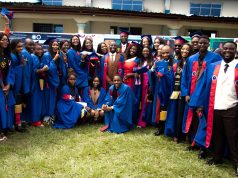In the Ewenki ethnic group’s culture, “sunflower” handicrafts made from cowhide and sheepskin are common household decorations. The leather in the center symbolizes the sun, while the surrounding fur represents sunlight, symbolizing warmth and auspiciousness.
Uran, an Ewenki herdswoman from Ewenki Autonomous Banner, Hulunbuir city, north China’s Inner Mongolia Autonomous Region, founded her brand, Sun Girl, in 2010 with a 600,000 yuan ($82,500) investment to establish a studio.
Today, these handicrafts have gained immense popularity among tourists visiting the Ewenki Autonomous Banner, helping Uran and local artisans passionate about ethnic crafts to prosper.
Uran’s daughter Aijima, born in the 1990s, returned to her hometown after university to learn the craft from her mother and assist in managing the studio.

Realizing the limited market for handmade handicrafts, Aijim diversified the product range with sunflower-themed fridge magnets, phone stands, mouse pads, and hair accessories. She also began selling handicrafts online, leading to increased popularity and business growth.
The Ewenki Autonomous Banner’s ethnic cultural industrial park houses 121 enterprises and workshops dedicated to intangible cultural heritage, with 34 inheritors representing 38 diverse intangible cultural heritage projects.
BRNN










